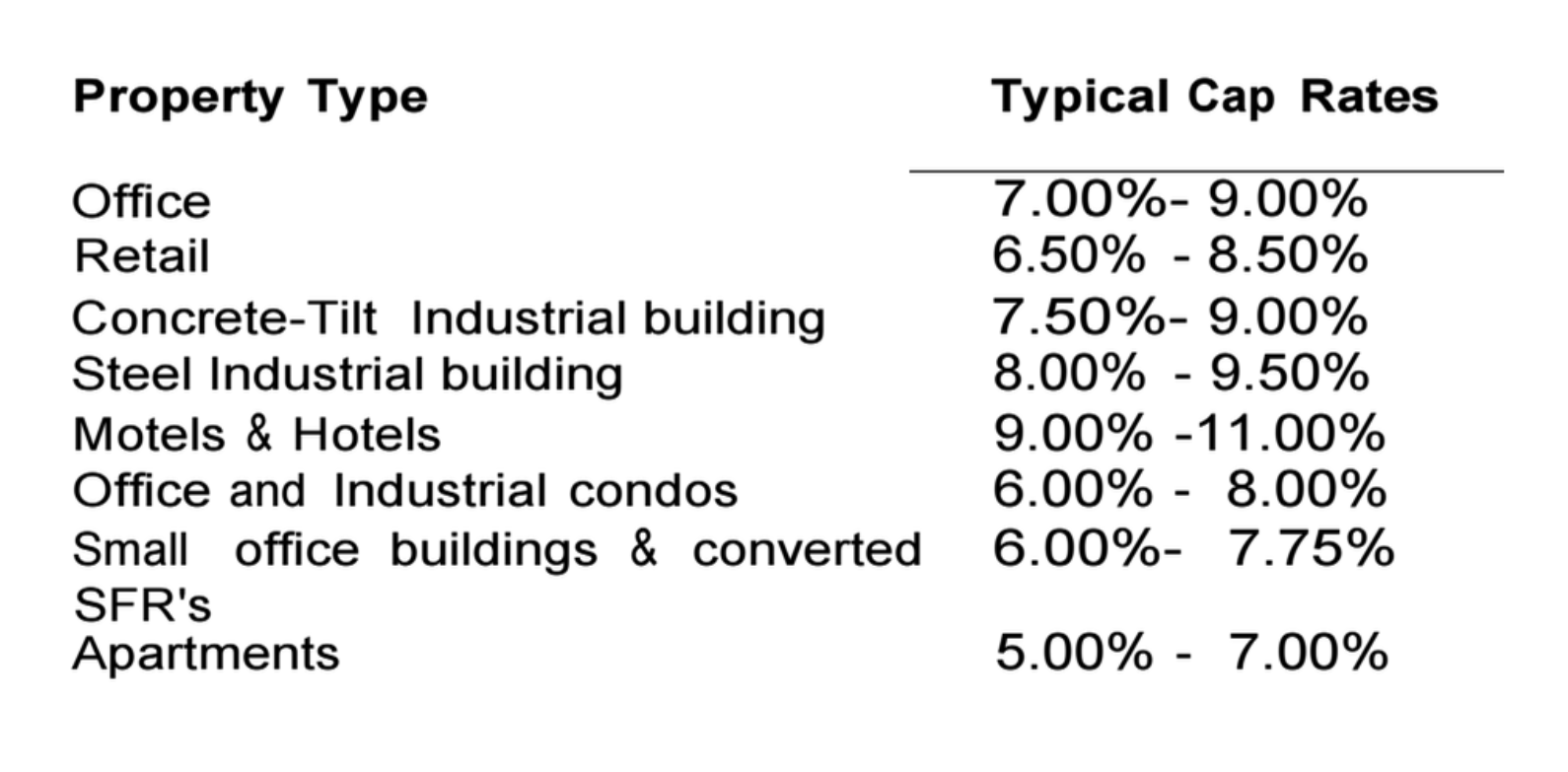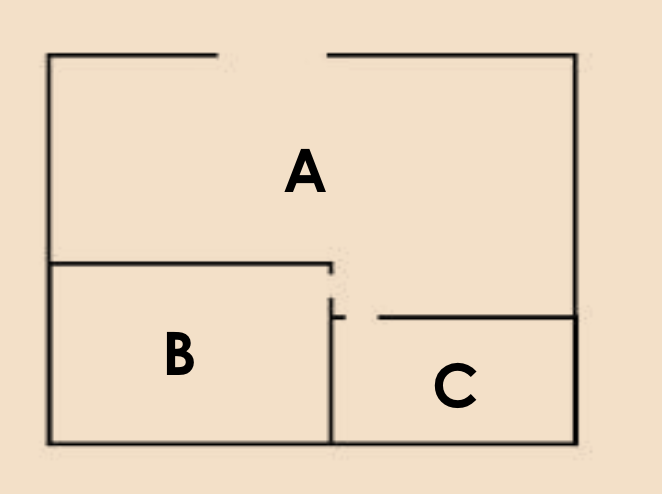Property Data
Overview
When investing in a property, you must become an expert in the most specific of data. Even the slightest nuances change a development deal. In extreme cases, these details can render a deal impossible.
Existing Leases
Lease Considerations:
- Monthly Payment
- Rental income is the largest source of income
- Higher rental income means better property value
- Length
- Depends on development strategy
- Long-term expiry: inflexible development
- Short-term expiry: risky for income stream
- Renewal
- Terms of Lease
- Net Lease: Tenants pay property tax
- Double Net Lease: Tenants pay property tax and property insurance
- Triple Net Lease: Tenants pay property tax, property insurance, and maintenance fees
- Are rents are set to increase or decrease?
- Are there rent controlled or rent stabilized tenants?
Property Taxes
Property taxes are the largest component of operating expenses. Therefore, it is important to find out the property’s tax assessment. The tax assessment changes when the building changes, and is routinely increased regardless.
Does the seller have a past tax abatement as an incentive to develop? Will this abatement expire or apply when you purchase the property?
Utility Bills
Utility Expenses:
- Gas
- Electric
- Water
- Verifying with utility companies the cost of usage
- If expenses do not match seller’s expense sheet, ask for an explanation
Zoning
Property zoning both enables and restricts development plans.
Zoning means differences in:
- Buildable Square Feet (BSF)
- Height
- Lot Requirements
If zoned as landmark or historical, this can pose major problems to development plans.
Zoning Criteria:
- Area in which a property resides
- Socioeconomics
- Demographics
- Surrounding properties
- Year of construction
Building Measurements
Building measurements are essential in core or core plus investments, where not many enhancements occur. See our Building Measurements article to learn more.
Environmental Concerns
Finally, investors must carefully examine environmental concerns or issues associated with the subject property.
Any toxic sites or other environmental violations (ECB) on the property or on neighboring properties can affect not only the value of the property, but there is also a chance that they must be remedied upon purchase.
Hiring an Inspector:
- Costs a few thousand dollars
- Examines all the potential issues facing a property
- Inspection can save you millions of dollars
Market Data
Overview
Ask any real estate professional what the three most important words are in real estate, and the answer will be the same: Location, Location, Location. Collecting market data is crucial throughout the entire deal process.
Find Comparable Properties
Comparable property (comp) - a property that has characteristics similar to the subject property.
Historical prices create a market and establish values for current properties. Comps are the most powerful tools when valuing a property.
Comps
- Similarity to Subject Property
- Date of Sale
- Real estate markets change in the span of only a few short years
- For example, a Manhattan skyscraper purchased in 2009 for $50 million might be worth more than $80 million today
- Price Per Square Foot (PPSF)
- Ratio of the sale price to the size of the building
Find as many comparable properties and PPSFs as you can. Find explanations for outliers. When finding PPSFs, include all data. Omitting higher or lower numbers for the sake of making a deal more attractive will only hurt the deal.
Unique Properties
- Gross Rent Multiplier (GRM)
- Ratio of the sale price to the gross rent collected
- Lower GRM=better investment
- For example, if the subject property is a 100,000 square foot shopping mall with no similar comparable properties, find smaller properties and examine rents to find the area’s normal GRM
- Market Value: Gross Rent Collected * Gross Rent Multiplier
Lease Rates and Operating Expenses
Lease rates and operating expenses are also important. What’s a normal lease type for the area? What’s a normal rent? How much will electricity and maintenance cost?
- Use market data reports.
- MNS, CBRE, Marcus Millichap
- You can also look at lease rates of comparable properties, previously mentioned above
Finding Operating Expenses:
- Find similar properties: ask commercial brokers
- Non-developer owned property
- Data usually not maintained
- Take a fixed percentage of each cost to determine a range
For example, if a similar property is spending 3 - 3.5% of its gross income on electricity, then our subject property’s electricity expense will be similar.
Local Cap Rates
Cap rate is not a function of Net Operating Income. Instead, it is a rate-of-return indicative of larger market changes.
Cap rates are different in different areas.
For example, Class A apartment buildings in New York currently have cap rates of 4.00-4.50%.
The lower the cap rates in the area, the stronger the property market.
Recall that Cap Rate is the ratio of the Net Operating Income (NOI) to the property value. For example, if the cap rate in the area is 4% and the building is generating $250,000 in NOI, then the value (according to the formula) is $6,250,000.
Other Market Considerations
- What’s the overall strength of the neighborhood? Is it poised for growth or has it reached its climax?
- What are normal property taxes in the area?
- How easy is it to obtain financing for that area?
- What’s the likelihood of competition from other similar properties in that area? Will that affect the value?
- How is zoning in the area?
- How cooperative are local/state governments with development plans by other properties?
Cap Rates
Overview
Capitalization rate (cap rate) - the ratio of the Net Operating Income to the property value.

Cap rates measure the feasibility and profitability of a deal. They’re different for each area and each property type: 
Cap rates are not a function of NOI, but instead rely on larger economic and market data.
- Lower cap rates indicate a stronger market.
- You always want to exit at a lower cap rate than when you entered.
- Lower cap rates in retail, small offices and apartments are purchased by owner-users.
- Owner-users do not rent the property.
- Owner-users pay a premium to own property.
Example:
- Purchase Price = $1,000,000
- NOI = $100,000
- Cap Rate = 10%
Now, you are planning on renovating the apartments. Suppose this will result in:
- NOI = $150,000
When NOI increases, people will pay a higher price, resulting in greater value.
Key Measurements
Overview

Building measurements are one of the most important parts of renting and selling your project once complete. Tenants want to know how rents are calculated and buyers want to know how a building is laid out.
Gross Building Area
Gross Building Area (GBA) is the total amount of square feet in a building. Imagine each floor looks like the floor plan (pictured above), and that there are 10 floors. Assume A is the common space of the building (front desk, lobby, hallway), and B and C are offices held by the same two tenants on all ten floors. Our gross building area is...
10 * ( A + B + C )
Usable Square Footage
Usable Square Footage (USF) is the Gross Building Area less the common area. In the above case, our Usable Square Footage is...
10 * ( B + C - A )
Rentable Square Footage
Rentable Square Footage (RSF) is the USF plus an allocated portion of the common area. We charge Tenant B for use of ½ the common area and Tenant C for ¼ of the area. the total RSF for Tenant B is...
10 * ( ½ * A + B )
The total RSF for Tenant C is...
10 * ( ¼ * A + C )
Loss Ratio
The loss ratio is the ratio of the common area to the gross building area. In this case, our loss ratio is the same whether we have one floor or ten floors. So, our loss ratio is...
A / ( A + B + C )
Floor-Area Ratio
The floor-area ratio (FAR) is the ratio of the buildable square feet to the lot size. In other words, if you are allowed to build a 10,000 square foot building on a 10,000 square foot lot, your floor-area ratio is 1.0.
